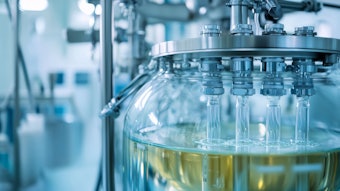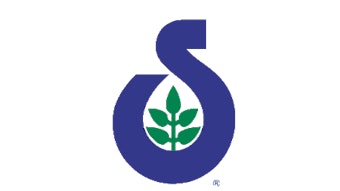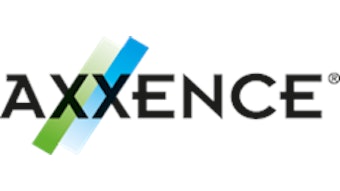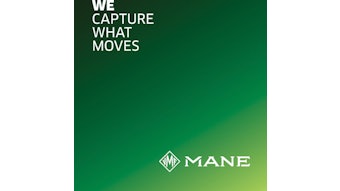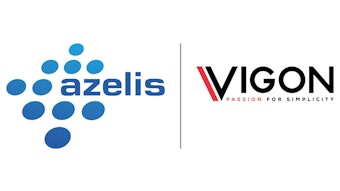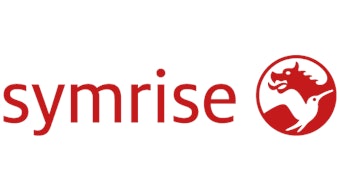Givaudan (Geneva) has reported first half 2011 sales of CHF 2 billion, up 4.3% in local currencies, and down 8.8% in Swiss francs (year-over-year), while EBITDA margin of 19.1% suffered from raw material costs. EBITDA declined to CHF 368 million in 2011 from CHF 490 million in 2010. Similarly, gross margin decreased to 43.0% from 46.8% (2010) as a result of raw material costs. Net income for the period totaled CHF 120 million. Operating income declined to CHF 215 million from CHF 330 million last year. The operating margin on a comparable basis declined to 11.5% in 2011 from 17.1% reported for the same period in 2010.
Moving forward, the company expects that input costs will increase by an average of 15% in 2011, compared to 2010. Givaudan expects to grow organically between 4.5% and 5.5% a year, assuming a market growth of 2-3%. Growth will come from expansion in emerging markets, health and wellness solutions, gains with key customers and growth in targeted segments.
Of the results, CEO Gilles Andrier said, “In the first half year 2011, we achieved a local currency growth of 4.3%, in line with our mid-term guidance. Raw material cost increases have affected our profitability. Givaudan has successfully implemented price increases in collaboration with its customers. These price increases started to become effective in the course of the second quarter. Givaudan's business momentum continues to be strong with a full project pipeline and a further increased win rate. We therefore are confident to achieve our ambitious mid-term targets,”
Fragrance Division
Fragrance division sales totaled CHF 927 million for the period, an increase of 3.9% in local currencies and a decline of 8.8% in Swiss francs versus 2010. Growth was led by consumer products, markets in Latin America and Asia Pacific, and fragrance ingredients. Fragrance compound sales grew by 3.5% in local currencies, but declined in Swiss francs to CHF 799 million from CHF 884 million.
Fine fragrance sales decreased 0.4% in local currencies, due to strong year-over-year comparables. Growth was led by Latin America. Overall, sales in mature markets, finished below last year "as new wins failed to completely offset the erosion of the existing business," according to the company.
Consumer product sales increased by 4.7% in local currencies, driven by a strong performance in Asia Pacific and Latin America, particularly with the large international customers. Fabric care sales, particularly fabric conditioning products powered by the company's encapsulation systems, also aided growth. The deodorant segment also posted a strong performance. Regionally, the Asia Pacific region showed the strongest growth. In Latin America, sales grew, especially in Mexico. In Europe, Africa and the Middle East, sales increased due in part to significant growth in Central Africa and the Middle East as well as good growth in the mature European markets. Sales in North America increased, primarily due to continued new business wins with all customer groups in this region.
Fragrance ingredients sales grew by 6.8% in local currencies, as both the specialty and commodity ingredients sectors showed a good performance. Among key ingredient launches powering results is the company's Paradisamide, which is being marketed throughout the year, and which features a "long-lasting, fresh tropical fruit note."
Flavor Division
Flavor division sales were CHF 1,078 million, an increase of 4.7% in local currencies and a decline of 8.8% in Swiss francs compared to the previous year. Cost increases for key natural ingredients, such as citrus and oil derivatives, impacted the profitability. Sales growth in the first half was driven both by growth of the existing business and new business in Asia Pacific, and good growth in North America and the developing markets in Europe, Africa, and the Middle East thanks to additional wins. Beverages and snacks led growth globally.
Sales in Asia Pacific rose 9.6% in local currencies. Growth in the developing and mature markets contributed to this good result with an increased sales volume of existing products and new wins. The key markets of China, India, and Indonesia achieved the strongest sales performance in the developing markets, while Australia and Japan delivered solid growth in the mature markets despite the challenges of natural disasters. Strongest performance was delivered in beverages, dairy and snacks, which showed double digit increases due to significant new wins. Europe, Africa and Middle East Sales grew by 4.2% in local currencies across the region. Sales performance was driven by new business wins and volume gains in the developing markets of the Middle East and Eastern Europe, with Russia and Turkey delivering the strongest growth in Eastern Europe. Europe, Africa, and Middle East delivered continued good performance in the savory, dairy and snacks segments. North America sales increased by 3.1% in local currencies, driven by good growth in the savory, snacks and beverages segments. The food service segment contributed strongly to the regional growth with new business wins in the beverage category. Latin America sales were flat in local currencies. Argentina continued to deliver strong results with new wins and volume gains, though there was weakness in Mexico and Colombia. New wins and growth in existing products generated good performance in the snacks, dairy and sweet goods.

